Volume 3: Tomonobu Hasegawa, MD Ph.D.
Interview
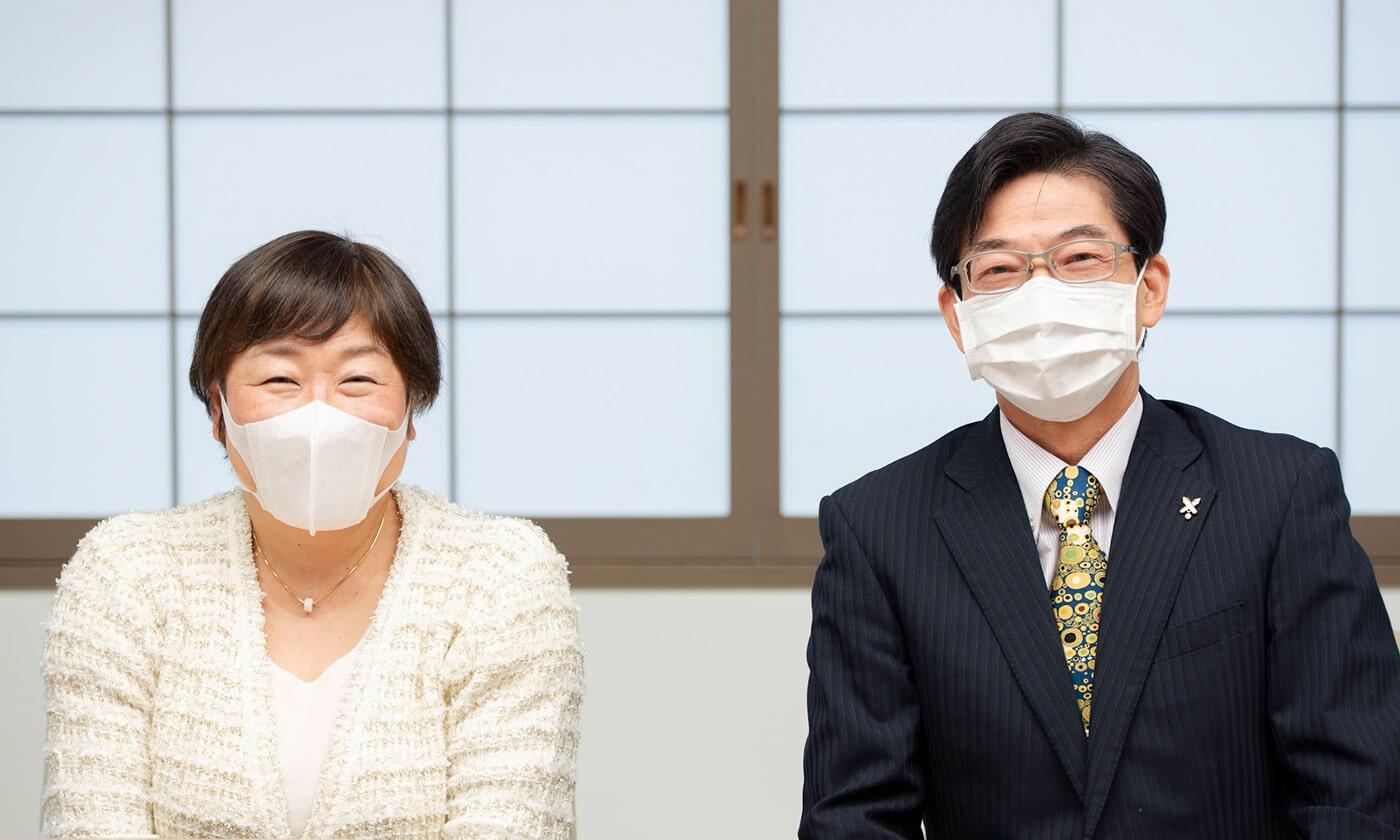
The Keio University Hospital, Clinical and Translational Research Center (CTR) which has established in 2014 welcomed Prof. Tomonobu Hasegawa as its new director in October 2021. The center plays a wide and varied role, contributing as one of Japan's core clinical research hospitals as well as one of Japanese institute of translational research center, accredited by Ministry of Education, Culture, Sports, Science and Technology (MEXT), in December 2021. We interviewed Prof. Hasegawa to hear about his endeavors and aspirations as the center's new leader.
Profile
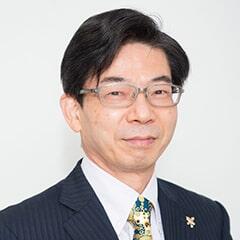
Tomonobu Hasegawa, MD Ph.D.,Professor
Vice Director of Keio University Hospital and Director of Clinical Translational Research Center
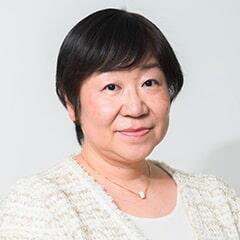
Mitsuyo Ohmura, Ph.D.,Project Assistant Professor
Chief of Public Relations Division, Clinical Translational Research Center, Keio University Hospital
Leader of Alliance Support Unit, Translational Research Division
From Bench to Bedside: Taking on Hard-to-Treat Pediatric Endocrine Disorders
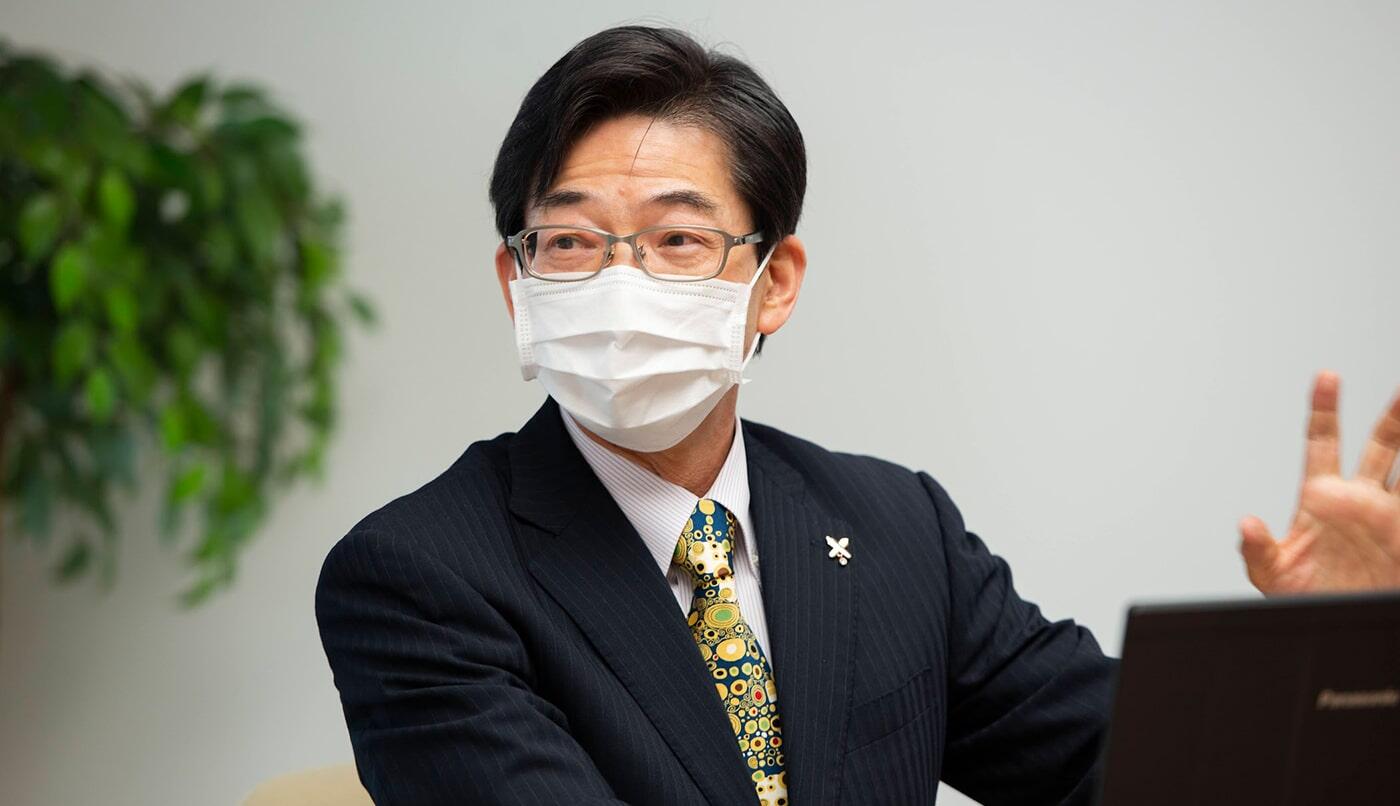
Ohmura: Let me first ask you about your background. Why did you decide to become a pediatrician?
Hasegawa: When I was a student, I contemplated pursuing either surgery or internal medicine, thinking that the latter might suit me better. That said, internal medicine offers very siloed choices, with patient care limited to those specific organs in which you specialize--gastroenterologists only treat digestive diseases, and cardiologists only treat heart diseases. So, I chose pediatrics because of its holistic approach to patient care. And with pediatrics, 99.9% of the families do not give up the treatment. I think that's part of the reason I chose to pursue pediatrics.
Ohmura: Pediatrics is an intensely challenging and rewarding medical field in that children can suffer from the same diseases as adults yet only have a fraction of the body with which to fight them.
Hasegawa: When I became a doctor, people talked about how health care for the elderly would change from curative to palliative medicine. Of course, children with chronic illnesses can also live with their conditions and may do so for upwards of 80 years. The circumstances are a bit different from a 70- or 80-year-old living with an illness in the last stages of life.
Ohmura: I assume that you play a vital role as a pediatrician. What is your specialty within pediatrics?
Hasegawa: My specialty is pediatric endocrinology, which focuses on hormonal disorders. Generally speaking, I look at diseases affecting the endocrine system, such as when the body produces ineffective hormones, produces too few hormones, or, conversely, too many. Take insulin, for example, the hormone that controls blood sugar in the body. When the body is unable to produce insulin properly, an individual suffers from what is known as type 1 diabetes. Some people have insulin resistance syndrome, in which insulin receptors in the body do not work, leading to diabetes. Children who produce too much insulin have what is called hyperinsulinemic hypoglycemia and repeatedly suffer from low blood sugar. These are just some examples of pediatric endocrine diseases.
Ohmura: I understand you studied abroad. Is your experience studying abroad connected to your current work?
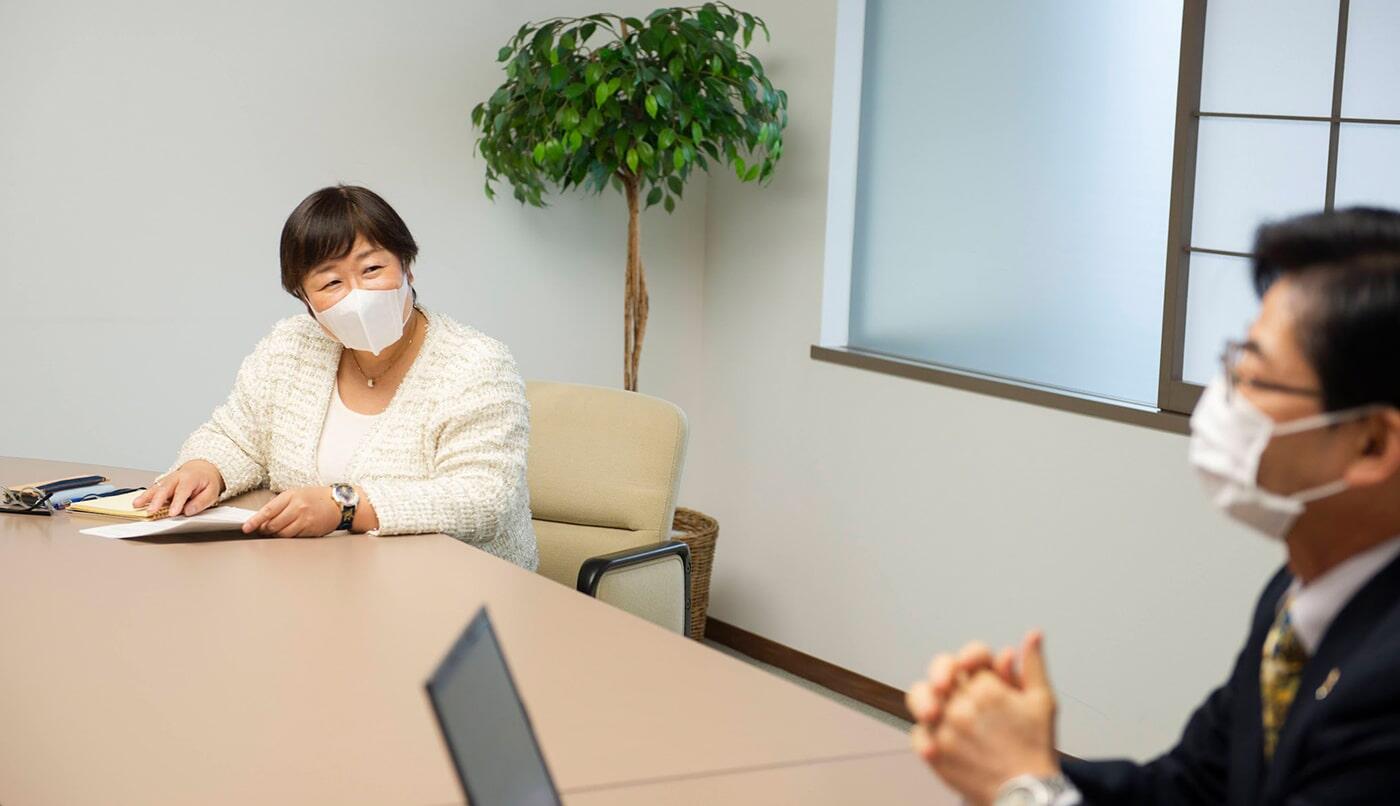
Hasegawa: I studied abroad a total of three times, the first time at Stanford University in the US. Since then, I've been engaged in clinical and research work in pediatric endocrinology, having received clinical training at Keio University Hospital and the Tokyo Metropolitan Kiyose Children's Hospital, a Keio affiliate now known as the Tokyo Metropolitan Childrenʼs Medical Center. At Stanford University I felt that clinical pediatric endocrinology was almost the same in the US and Japan, but the basic research in Japan was very behind. I was involved in basic research on rare diseases that are not yet fully conceptualized and for which no established diagnostic or treatment methods exist, and therefore I went abroad twice to focus on the basic research. After returning to Japan, I continued basic research on rare diseases in pediatric endocrinology at Keio, where I also took charge of a specialized outpatient clinic and, launched a new cluster called the Center for Differences of Sex Development (DSD). It can be said that a system has been created to seamlessly address everything from bench to bedside.
Moving Forward with a Clear Mission and Vision
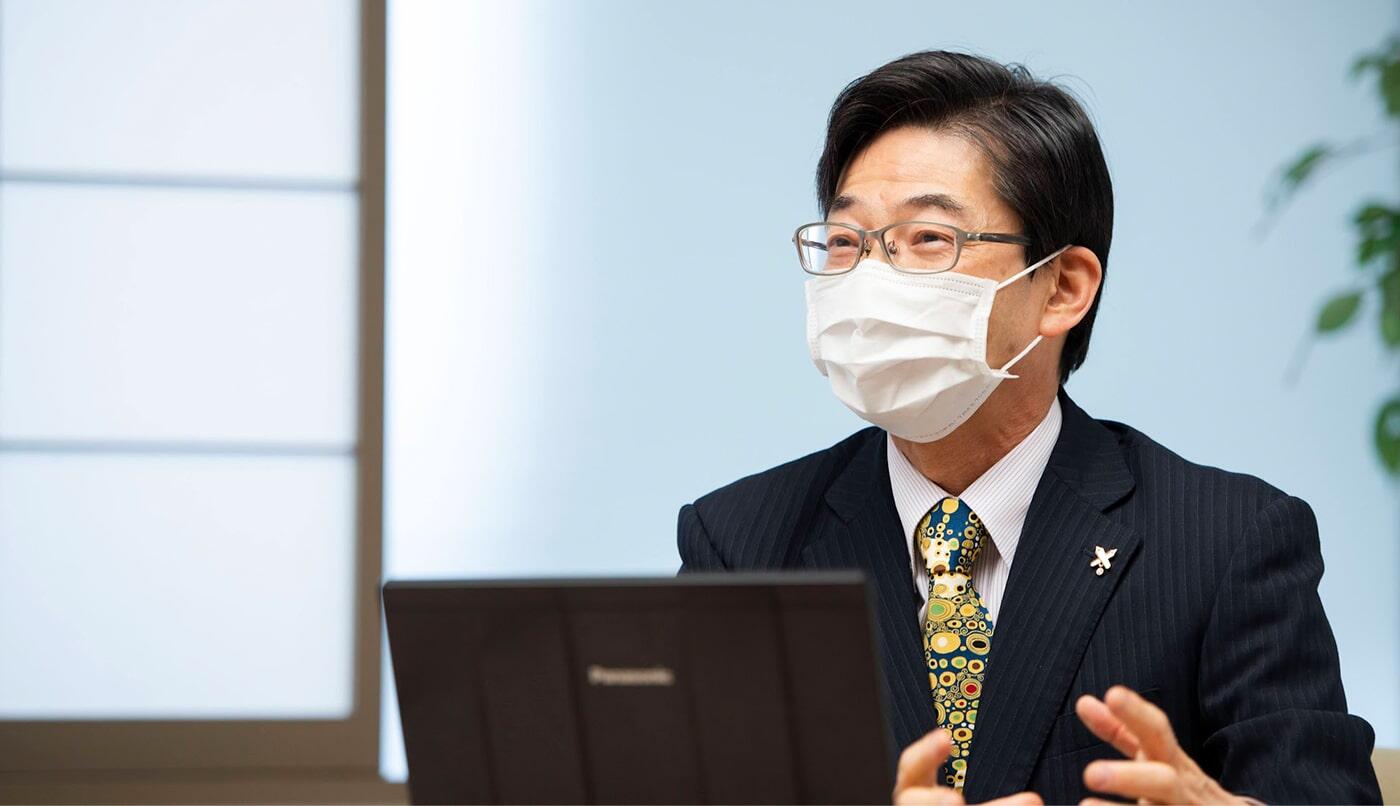
Ohmura: More than six months have passed since you assumed the position of director of the CTR in October 2021. Have you felt any change compared to before?
Hasegawa: I think I still only grasp about ten percent of the groundwork laid by my predecessor Prof. Saya. Perhaps the most significant realization I have had was that the Keio School of Medicine and Hospital has yet to truly embrace the CTR or clinical research.
Ohmura: The CTR is undoubtedly one of the largest organizations on the Keio University Shinanomachi Campus in terms of people, so you must have already experienced some difficulties bringing it all together. What has that been like?
Hasegawa:
The CTR certainly does involve many disciplines, with people from all different backgrounds, and their individual missions are just as diverse. Having seen this firsthand, I find myself contemplating two main ideas.
The first is the importance of sharing information. The CTR greatly expanded under the outstanding leadership of Prof. Saya. As the organization grows, we must remember to share information with each other. This goes beyond discussions of current clinical research and includes information such as our policies at the Keio University Hospital and Keio University School of Medicine.
The second idea is that we need a clear path forward. Everyone at the center is always extremely busy, which means that now more than ever before, we need to clearly define the direction that the CTR is moving in order to increase efficiency and improve operations.
Prof. Saya nurtured the center from its birth into adolescence, and I feel like I am now guiding it through puberty and into adulthood. Now is the time to think about becoming a more "mature" center--not just bigger, but functionally and intellectually better. We will achieve this maturity by sharing information and setting a clear path forward.
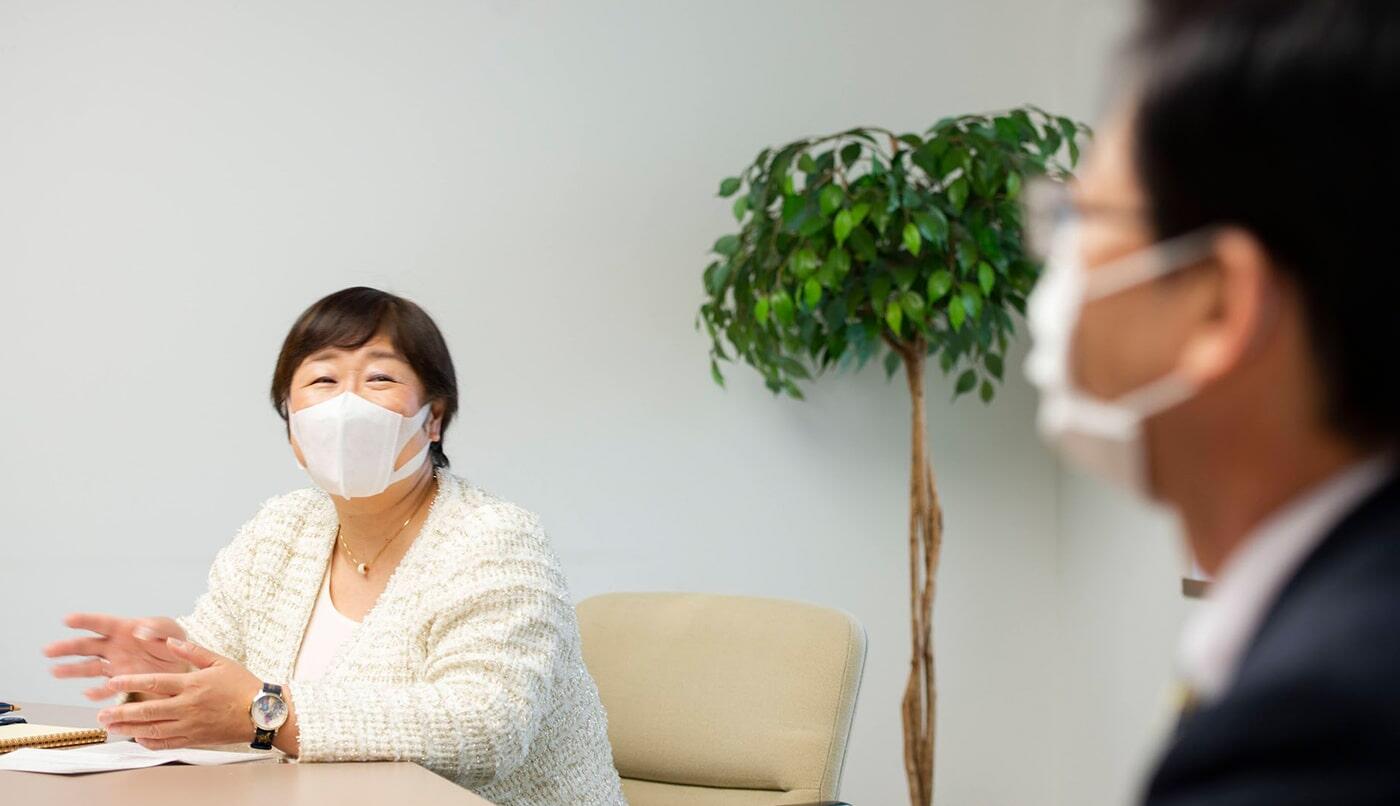
Ohmura: The center comprises a vast range of professionals, so it must be an arduous task to organize them all. Tell us about your goals, vision, and aspirations for the center.
Hasegawa:
I do have three general ideas. First, we need to firmly promote investigator-initiated clinical trials and maintain our status as a core clinical research hospital. Second, we need to encourage translational research, which bridges the gap between basic research findings and clinical application. As Keio is the only private university in Japan which has been accredited by MEXT as Japanese institute of translational research center, I would like to pursue translational research in ways that no one but we can do. Third, we need to ensure the safe and smooth execution of all clinical research conducted at the Keio School of Medicine and Hospital, including clinical trials.
In order to clarify the expectation of Keio University, the hospital, researchers and physicians on our CTR, I conduct a preliminary survey of from all of them. In doing so, we hope to discover what our community actually expects of us and what we need to improve so that we can put these objectives into more concrete terms. Furthermore, I want to put together a picture of what the School of Medicine, the hospital, and Keio University are currently thinking and the directions are headed, and I want to share this information with everyone at the CTR.
Ohmura: It sounds like the first step to good research is thoroughly investigating your stakeholders to establish a clear mission and vision.
Hasegawa: As a member of this centerʼs new leadership, I'd like to accurately present a clear plan of action to everyone.
Creating an Environment Where Individuals Can Maximize Their Potential
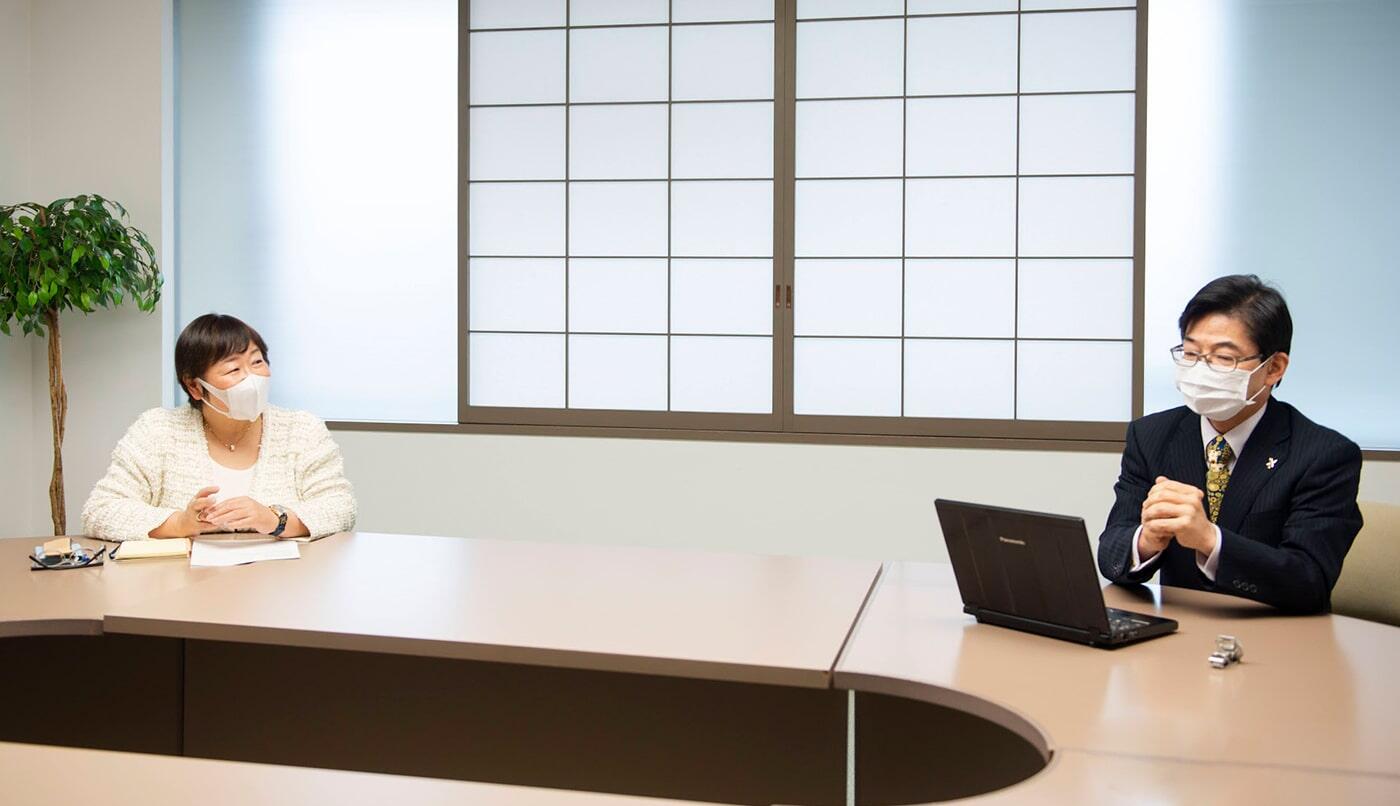
Ohmura: I understand the importance of a broad survey to collect the opinions of those at the School of Medicine and the hospital, but I also heard that you conducted personal interview one-on-one at the CTR in December 2021. Could you please tell us about what you learned from those conversations, whether it was emerging issues, essential improvements, or ongoing initiatives you plan to expand upon.
Hasegawa:
Despite the limited time available for one-on-one interviews, they led me to two major realizations.
First, I was delighted to learn how capable all of our members are in their respective fields, as demonstrated by their outstanding skills, wealth of experience, and positive commitment to future learning. I plan to make these kinds of talks a more regular occurrence.
The other realization is the fact that all of CTR member is not pointing in the same direction. Disagreement is natural in any organization, but it does not mean that the people who think differently are wrong. Synchronizing individual efforts with our overall mission, we are all heading same direction together. This, I realized, is the centerʼs future challenge.
Ohmura: You mean that trying to bring everyone together to work as one team. To achieve that goal, it is necessary to create an organization where the whole is greater than the sum of its parts. Do you have anything you want to relay to your team?
Hasegawa: One thing I would like to ask of everyone at CTR is "Enjoying the work". In other words, I want everyone to do work that they feel is worthwhile and rewarding. I want them to reach their goals and feel satisfied with the knowledge that the struggle was worth the effort. It is my job to create an environment where this is possible.
Set priorities and think about time management
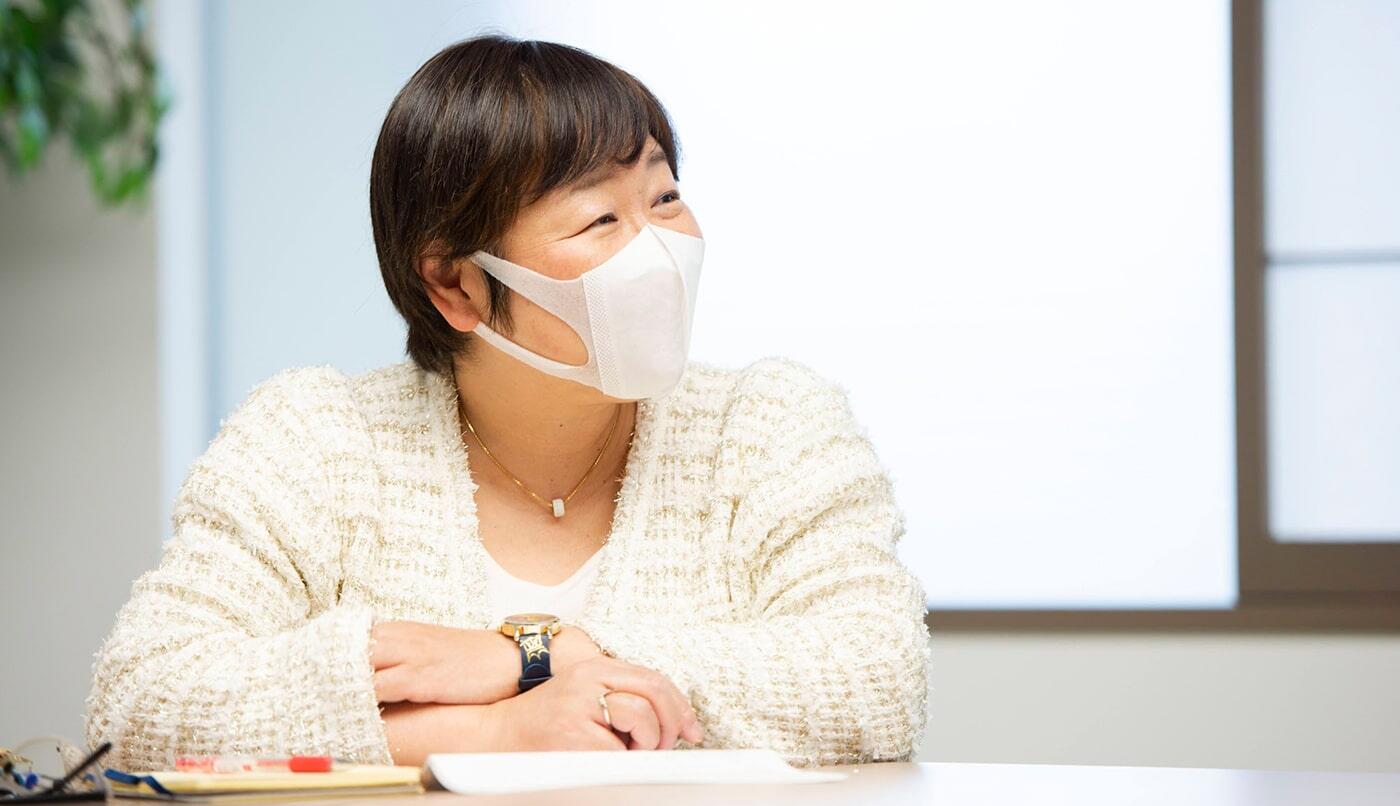
Ohmura: You are not only a pediatric physician but also a Vice Director at Keio University Hospital, Director of the CTR, and Head of Medical Safety. How do you manage your time to make room for all of your responsibilities?
Hasegawa: I strive to manage my time according to my current phase in a role or job, my physical location, and my state of mind. Any time you begin a new role, you usually need to devote more time to that part of your life. But if you do that and that alone, you are likely to neglect other things. My approach, for example, is to ration my time so that if I have decided to focus on a certain responsibility, I try to dedicate 80 percent of the following month to that responsibility. I will then reassess after that first month and consider whether I need to keep that pace or if I can reduce it to 50 percent or even lower to somewhere around 20 percent. So my time management changes according to the time period. The physical location of the responsibility must also be considered when managing my time. If I am going to work at the CTR, 100 percent of any minute, hour, or day I spend there is dedicated to that role. If I am treating patients at an outpatient clinic, then 100% of my time is dedicated to clinical work, with no time for my role at the center. My time management is based on where I am and what I'm doing at the time.
Ohmura: Your various roles come with serious responsibilities, so I assume that you must be prioritizing what is most important at the moment rather than what it is you want to do.
Hasegawa:
As Director of the CTR and as a Vice Director of the hospital, I am very cognizant of the fact that I exist within an organization and cannot simply do as I like.
However, it would be a shame to abandon the things I love and the projects I have worked on for years. So every Sunday, I make a conscious effort to briefly forget about my work for the center and take time to instead write a paper on pediatric endocrinology or something like that.
Addressing the Challenge of How to Get Everyone on the Same Direction
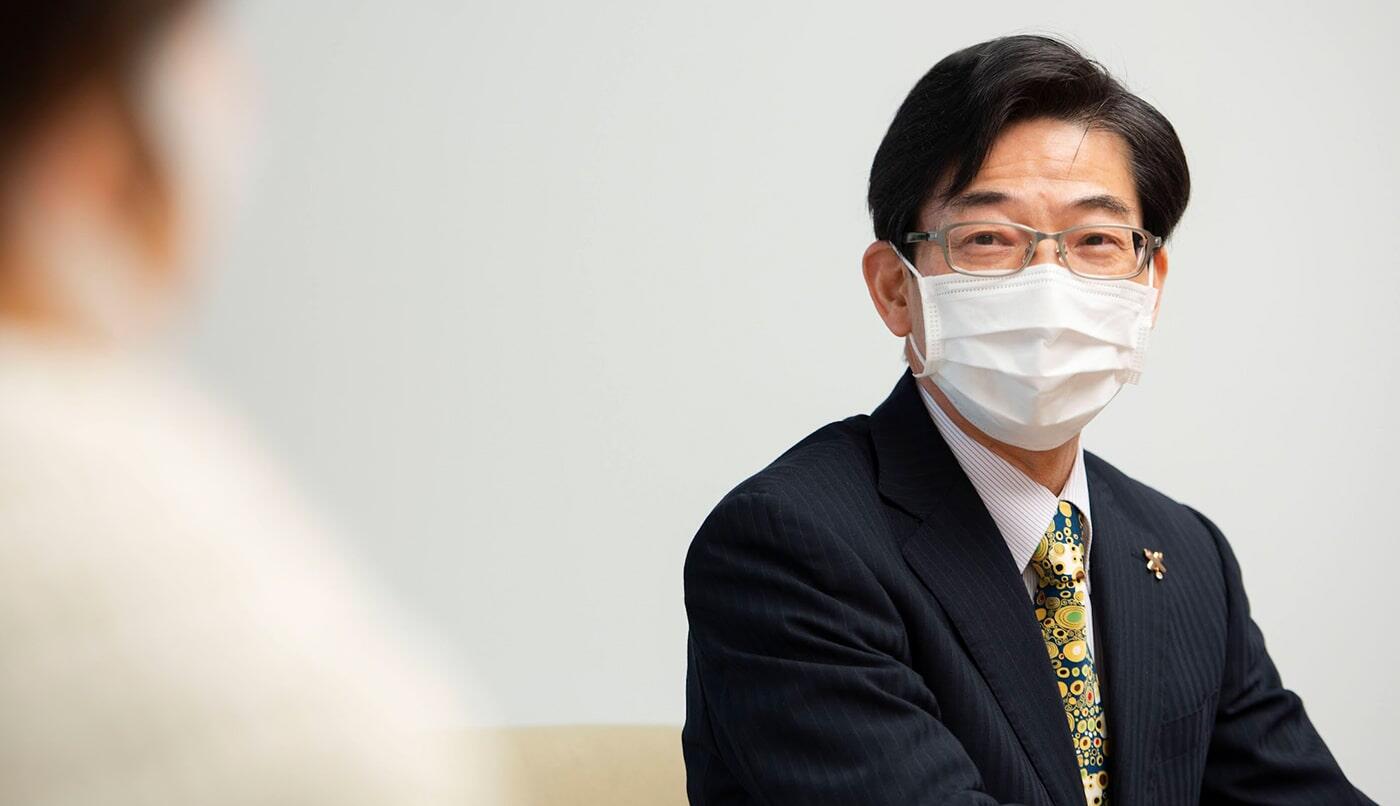
Ohmura: You are looking to develop the organization and structure of the center further and establish a clear direction forward. Could you go into more detail about your plans?
Hasegawa:
I believe that the most important indicators in organization-building are (1) the size of the organization (i.e., the number of people who make up the organization) and (2) the ability for those people to work together with the same sense of purpose.
Organization-building is the most important thing for our center in the coming year. Thinking of our center as a ship, we need everyone to understand where we are headed and the tailwinds we are looking to catch. When we all share the same direction, we can create the conditions for every individual to do what they want and pursue their endeavors to their fullest in support of the overall mission. This is how we will reach our centerʼs potential.
Ohmura: Regular updates from you as Director on what the executive committee is discussing and other such communication could help build this shared sense of purpose among the center.
Hasegawa: I agree that we need to work harder at sharing information.
Ohmura: Lastly, could you share a message to researchers at Keio and beyond about the work the CTR is doing?
Hasegawa:
I have two things I would like to tell researchers.
First, we want to hear from anyone conducting research about what you expect from us and where you want to see improvements.
Second, we encourage you to consult with the CTR if you are looking to find an application for your basic research findings. We are a researcher-friendly organization, and we share research findings with students at the Keio University School of Medicine, Faculty of Pharmacy, and Faculty of Nursing and Medical Care, in addition to publicizing them with the research community at large.
Ohmura: Getting the message out that the center is also top priority to supporting early-stage research ideas (commonly known as "seeds"), such as startup ventures by students, professors, and others at the Keio University School of Medicine. It is imperative that we keep the door open to early-career researchers. I myself give an annual lecture to undergraduate students that touches on topics ranging from the benefits of the CTR and its operations to how a startup venture works. It is also important for the center to have a flexible approach to welcoming students who express interest in the center, including those interested in independent studies.
Hasegawa: There is a lot that we want to do, and we plan to move forward one issue at a time.
Ohmura: I look forward to your leadership as we continue to make progress. Thank you very much for taking time out of your busy schedule to speak with me today.
